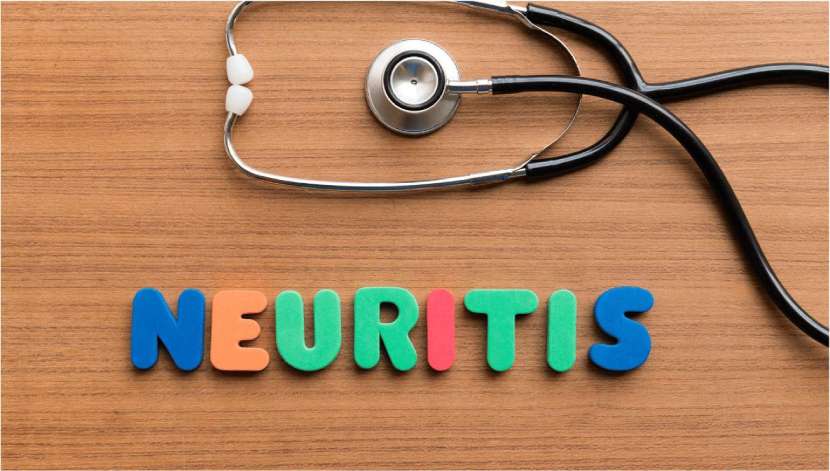The eye, often dubbed the window to the soul, is an intricate organ, and its connection with the brain is fundamental to our vision. The optic nerve plays a pivotal role in this connection, transmitting visual data from the retina to the brain. But what happens when this vital nerve gets inflamed?
Understanding Optic Neuritis Optic Neuritis (ON) refers to the inflammation of the optic nerve. This inflammation can disrupt the passage of visual information, leading to a spectrum of symptoms.
Spotting the Symptoms
- Sudden Vision Loss: Usually unilateral, meaning it typically affects one eye at a time.
- Pain with Eye Movement: A distinct feature of ON, this pain can range from mild to severe.
- Reduced Color Vision: Colors might seem faded or washed out.
- Visual Field Defects: Some patients might experience blind spots or areas of reduced vision.
Diving Deeper into Causes While ON can be an isolated incident, it frequently associates with broader neurological issues:
- Multiple Sclerosis (MS): A significant number of individuals with MS will experience ON at some point. Sometimes, ON serves as an early warning sign of MS.
- Neuromyelitis Optica: Another autoimmune condition where the immune system mistakenly targets the central nervous system, including the optic nerve.
- Infections and Vaccinations: Certain viral infections and, rarely, some vaccinations can trigger ON.
Treatment Modalities and Future Prognosis
- Steroids: The frontline treatment to reduce inflammation and accelerate vision recovery. They can be administered orally or intravenously.
- Plasma Exchange: For those who don’t respond well to steroids, plasma exchange can be an alternative.
- Monitoring and Further Testing: Especially if MS or another neurological condition is suspected, an MRI of the brain might be recommended.
Life After an ON Diagnosis The majority of individuals with ON regain normal or near-normal vision within six months. However, the after-effects and the potential for recurrence vary. It’s crucial to have regular check-ups, and if associated with conditions like MS, a multi-disciplinary approach involving neurologists becomes paramount.

